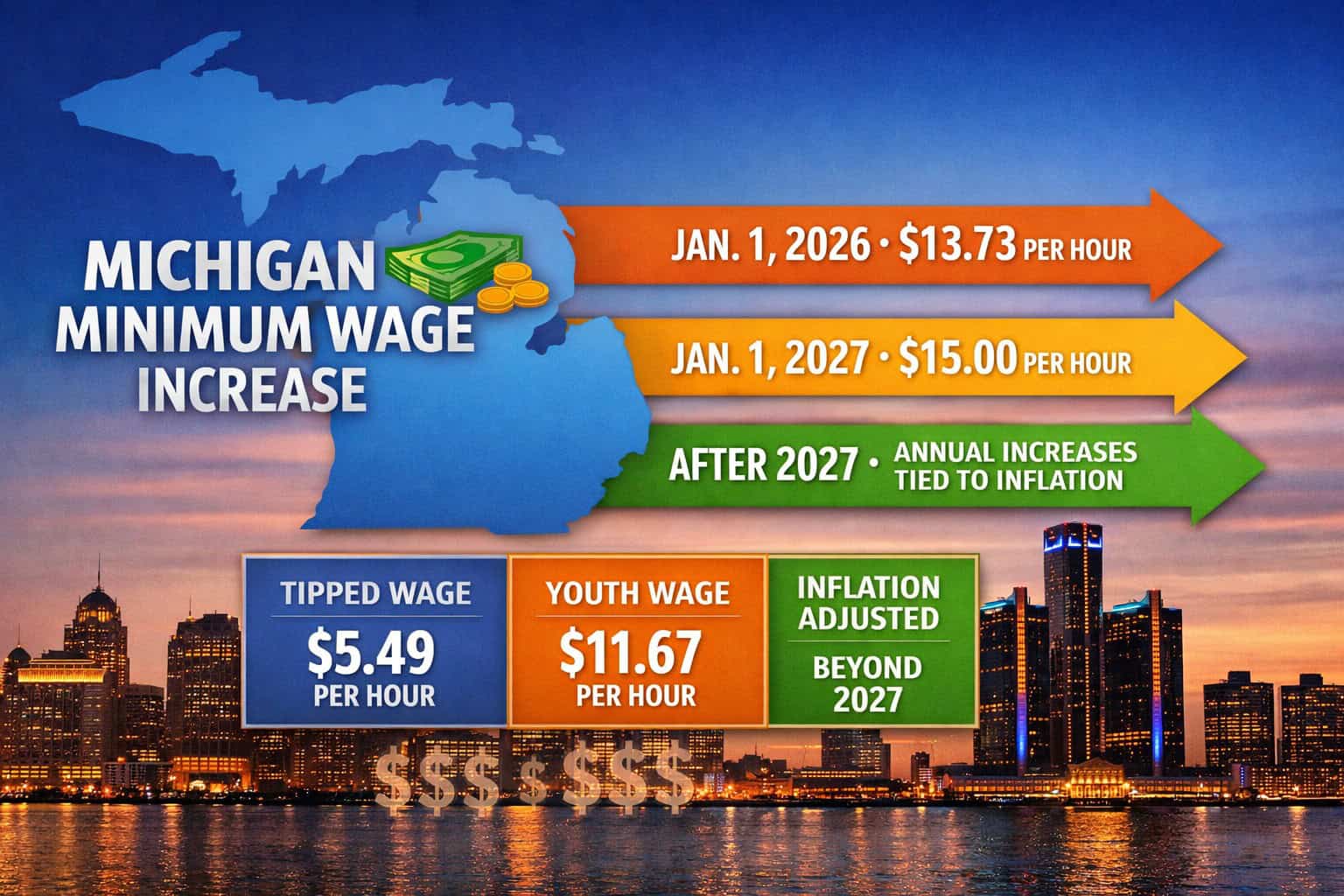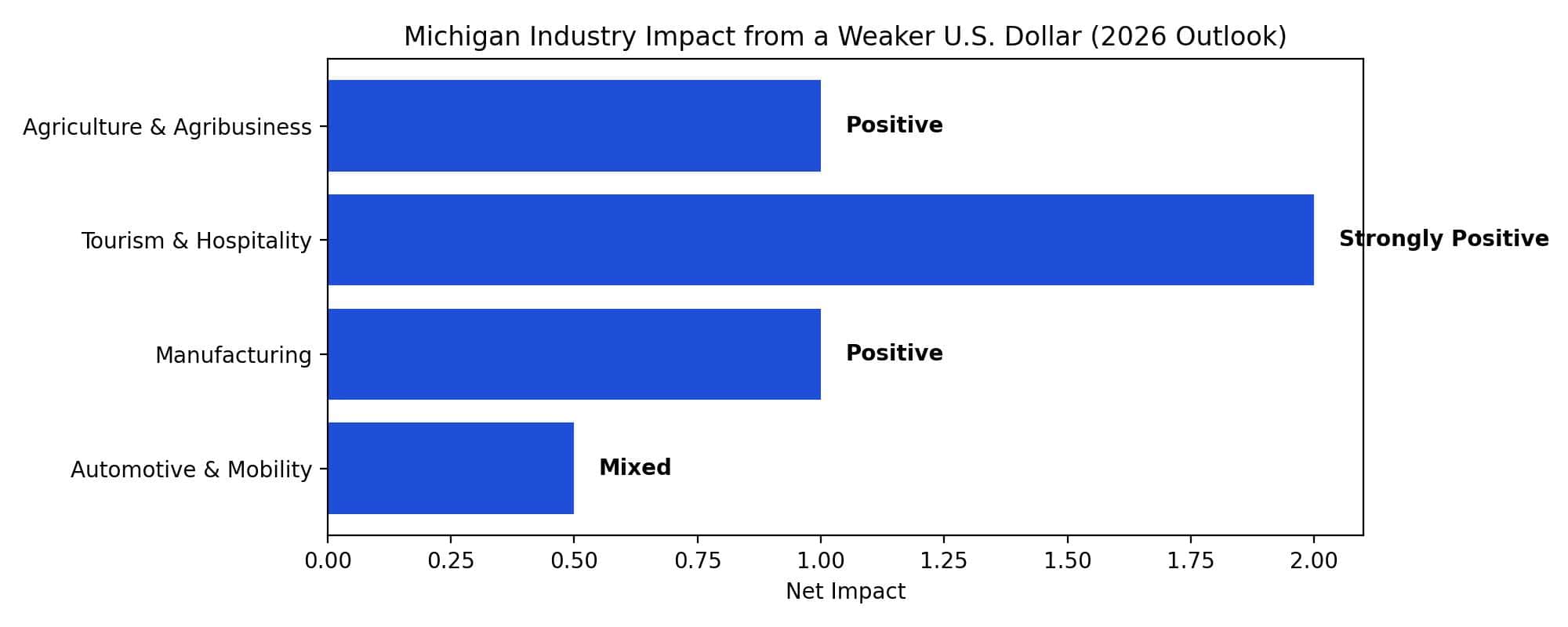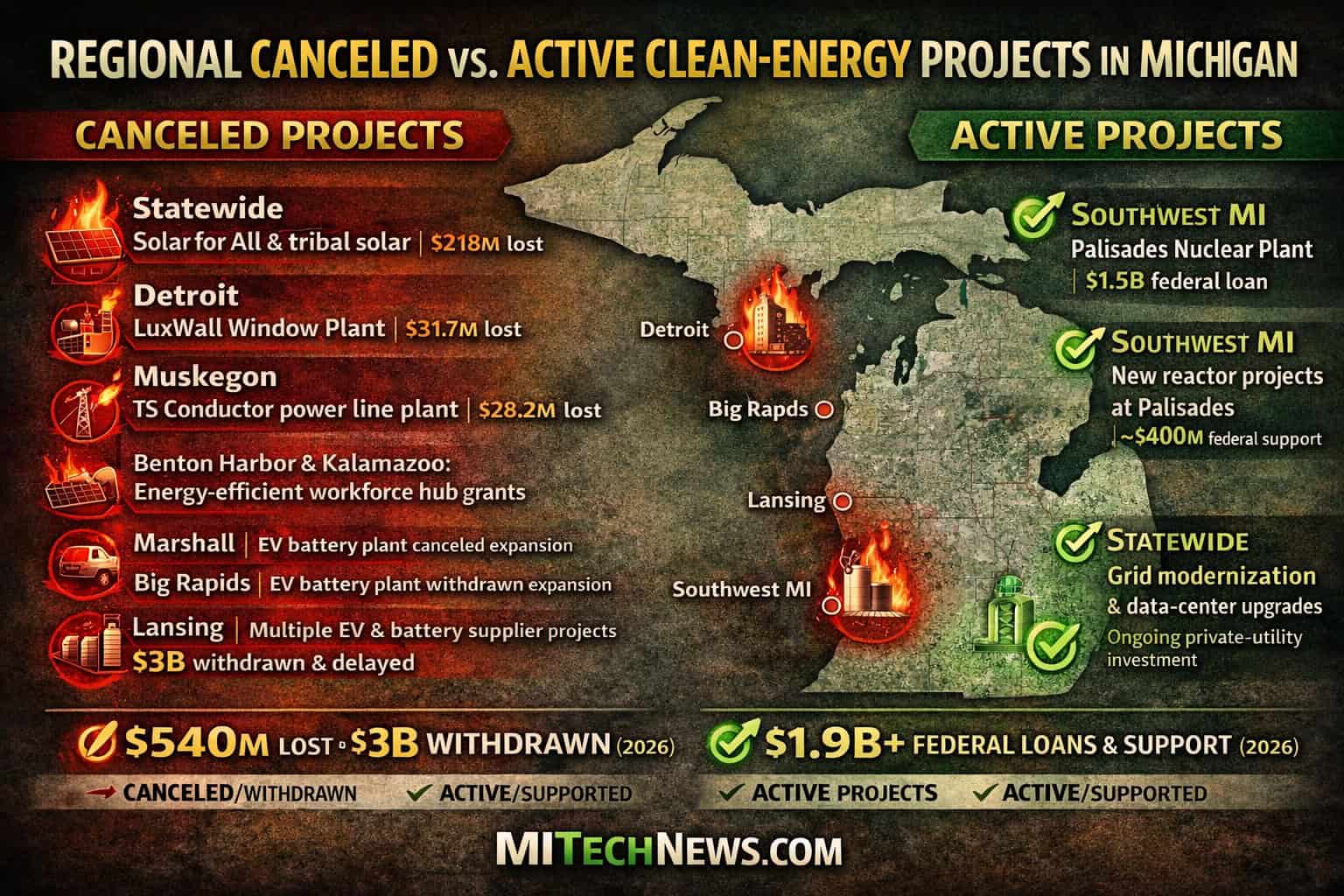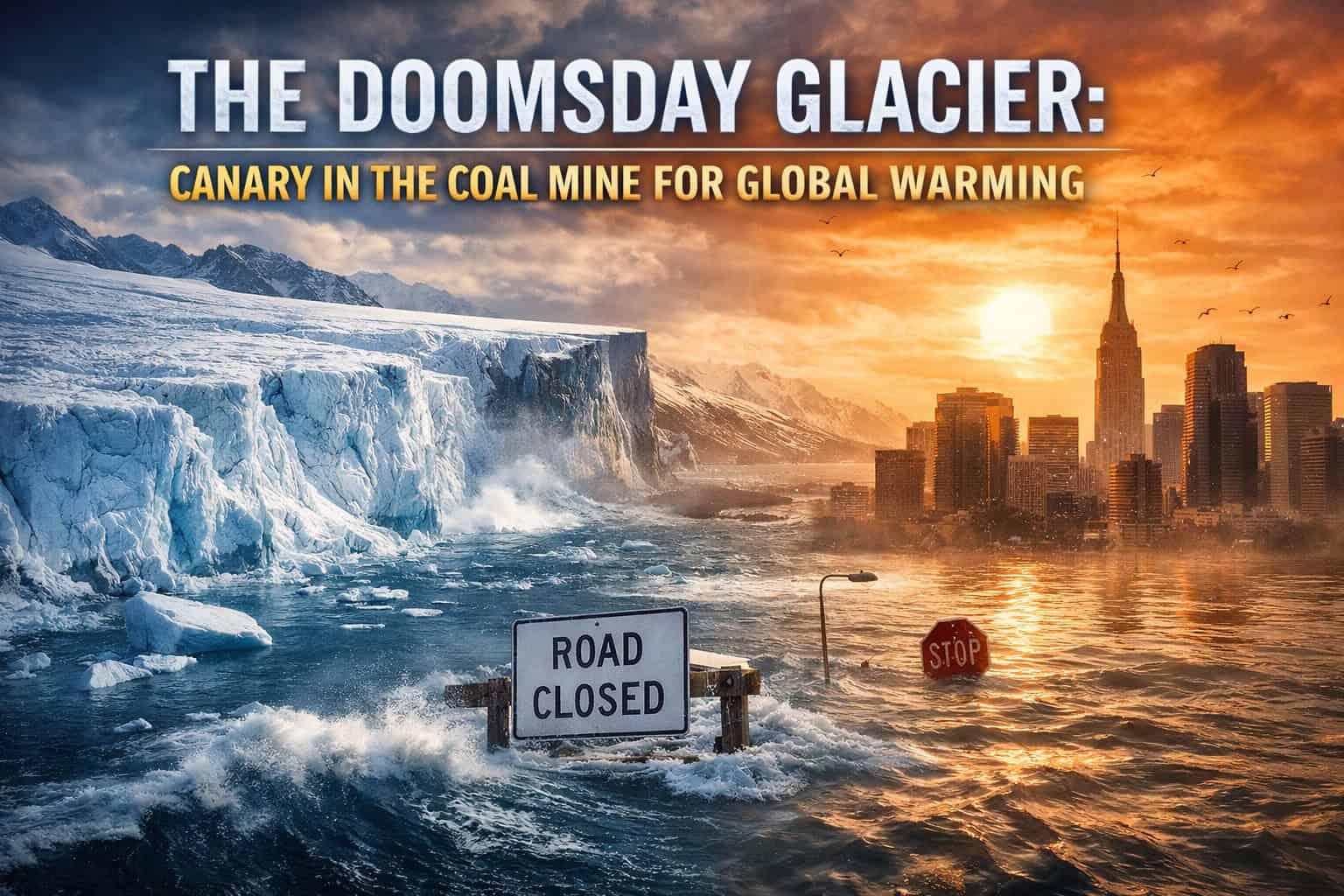ANN ARBOR—As the world grows warmer and the region grows wetter, extreme heat and rain will cause more people to die or become ill—a costly burden in terms of lives lost and health care costs to the state of Michigan, a new report says.
A University of Michigan study projects deaths and emergency department visits caused by weather events during the time period 2041 to 2070 compared to a historical period of 1971 to 2000.
Deaths from extreme heat are likely to increase from 33 deaths annually to 240 in the projected time period, the researchers report. Emergency department visits are expected to increase from 1,200 to 7,800, and hospitalizations from 28 to 185. Illness caused by extreme precipitation may increase from 170 ER visits per year to 220 visits per year.
The study, led by Carina Gronlund, a researcher at the Survey Research Center, part of the U-M Institute for Social Research, was published in the journal Environmental Health.
“It’s important to point out that there’s a lot of uncertainty in these estimates—we cannot say there will be exactly 240 deaths,” said Gronlund, who completed the work as a researcher at the U-M School of Public Health. “But this is important as a thought experiment that shows if we don’t take steps to adapt to or mitigate climate change, we should expect to see increases in extreme heat and associated mortality that are in this order of magnitude.”
Each of these increases in deaths and hospitalizations comes with a financial burden, Gronlund said. The historical cost of life lost because of heat is about $42 million each year compared to the projected $280 million per year. The future cost of hospitalizations and emergency department visits because of extreme heat are estimated to be $15.6 million each year, and the estimated annual future cost of emergency department visits from extreme precipitation is $480,000 compared to the historical cost of $370,000.
The researchers examined this data under what’s called the Climate Change A2 scenario, an emissions scenario put together by the Intergovernmental Panel on Climate Change.
“This is a very dire scenario where we, as a planet, do a poor job of reducing carbon dioxide emissions, but the economy is still strong and population growth is still there,” Gronlund said. “Incidentally, we’re tracking most closely with that scenario right now.”
Researchers defined “extreme heat days” as days with maximum temperatures above 90 degrees. These days are associated with increases in death and emergency department visits because of cardiovascular and respiratory disease, and kidney problems.
The historical estimates of this paper are based on measured extreme weather events, so this isn’t just about what is potentially going to happen under climate change in the future. It’s also looking at how extreme weather events currently affect people’s health and well-being, and I think that’s relevant no matter what.
Carina Gronlund
Extreme precipitation, considered the heaviest 2% of precipitation events in a given area, is associated with illness from gastrointestinal distress. When it rains hard enough to flood, people can become ill through a few pathways: surface water can become contaminated, harmful algal blooms can occur and sewers can overflow. Each scenario has the potential to contaminate drinking water or cause illness by contact.
To estimate the increase in heat and precipitation events, the researchers used climate data scaled down to focus on Michigan from the Great Lakes Integrated Sciences and Assessments Center. Gronlund and her co-authors used epidemiological studies that measured the health effects of extreme heat and extreme precipitation and calculated, for each degree increase in heat, how many more deaths, hospitalizations and emergency department visits may occur in the future.
“The historical estimates of this paper are based on measured extreme weather events, so this isn’t just about what is potentially going to happen under climate change in the future,” Gronlund said. “It’s also looking at how extreme weather events currently affect people’s health and well-being, and I think that’s relevant no matter what.”
More information:







